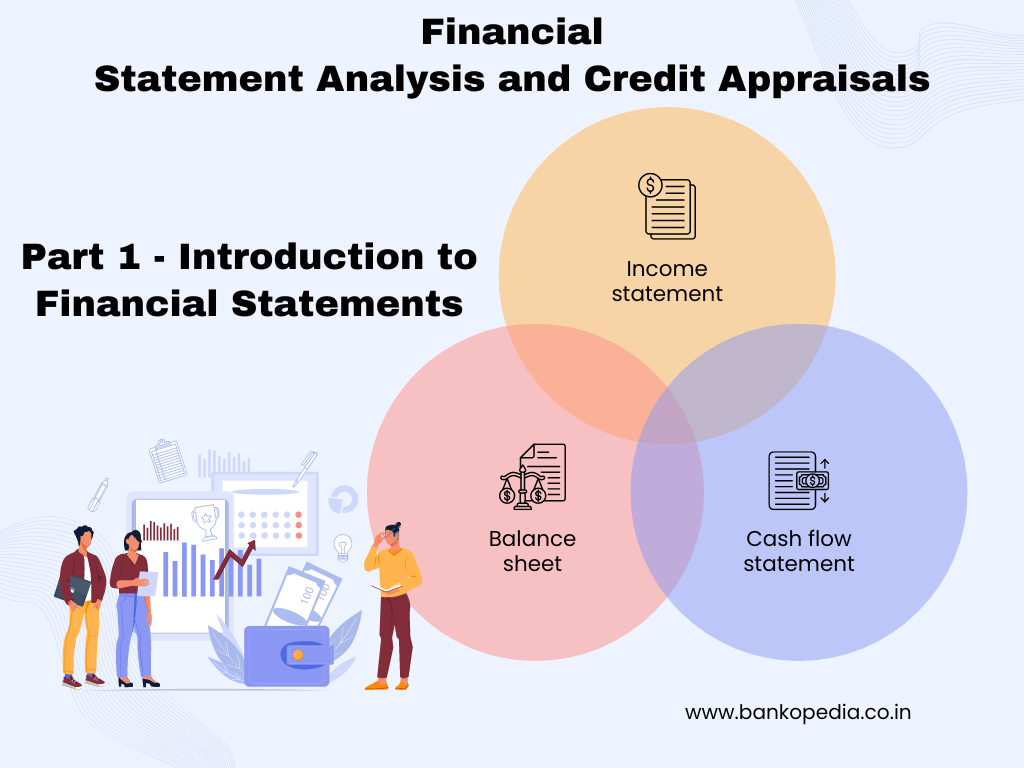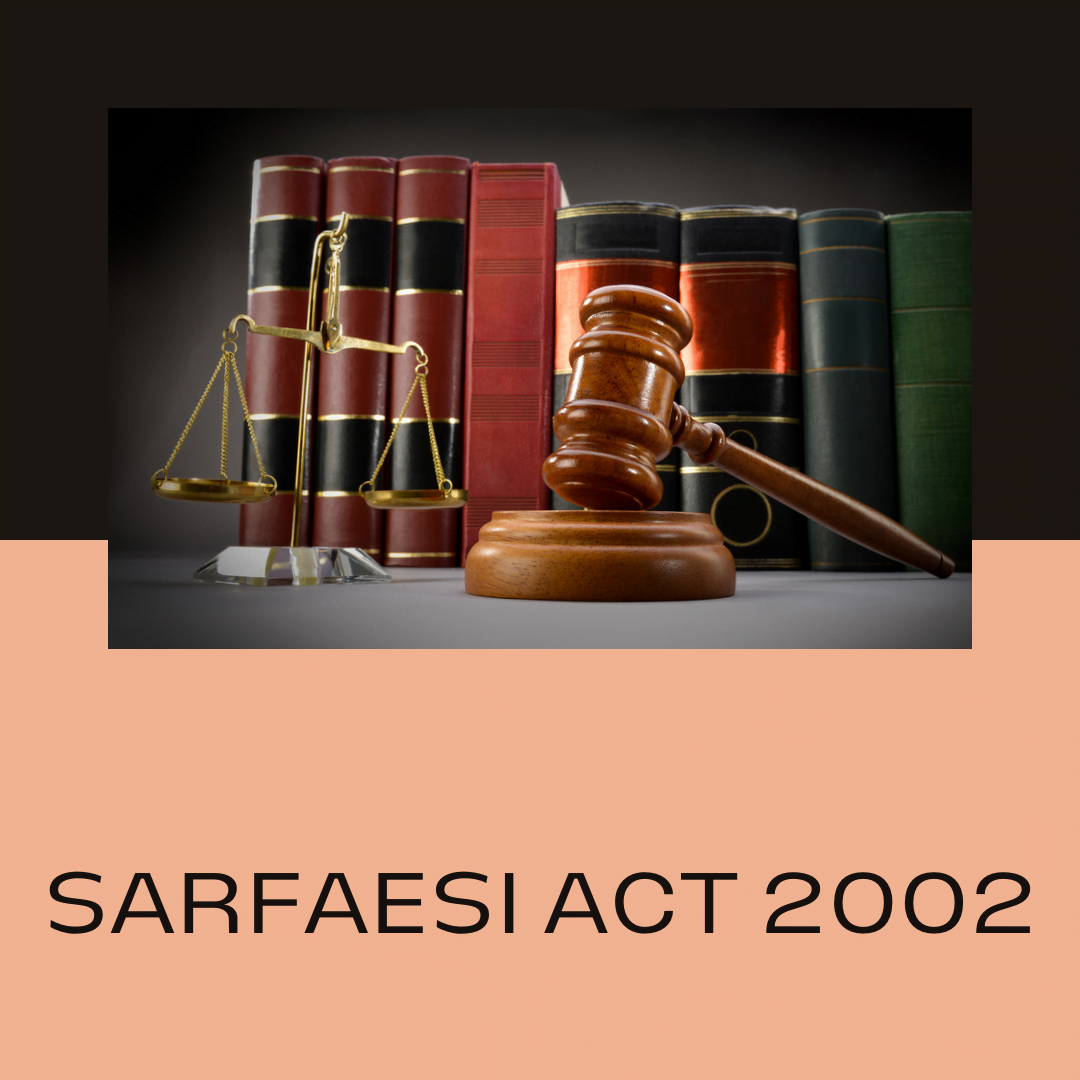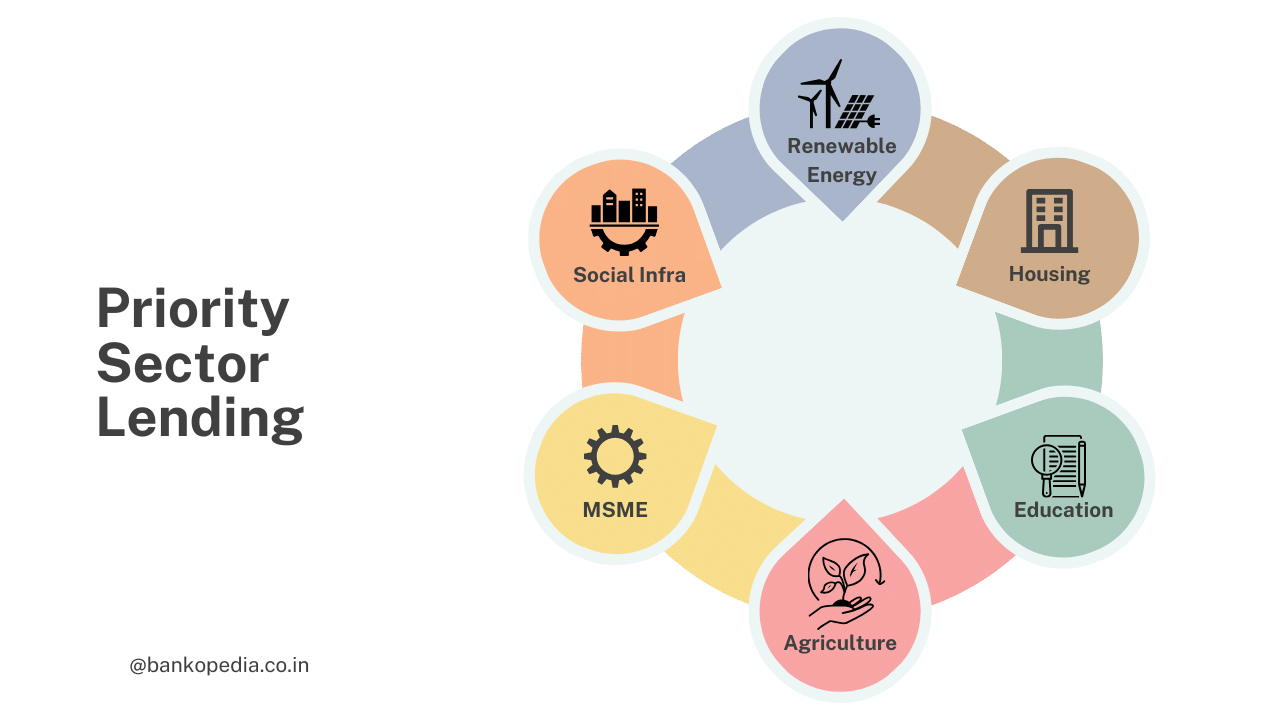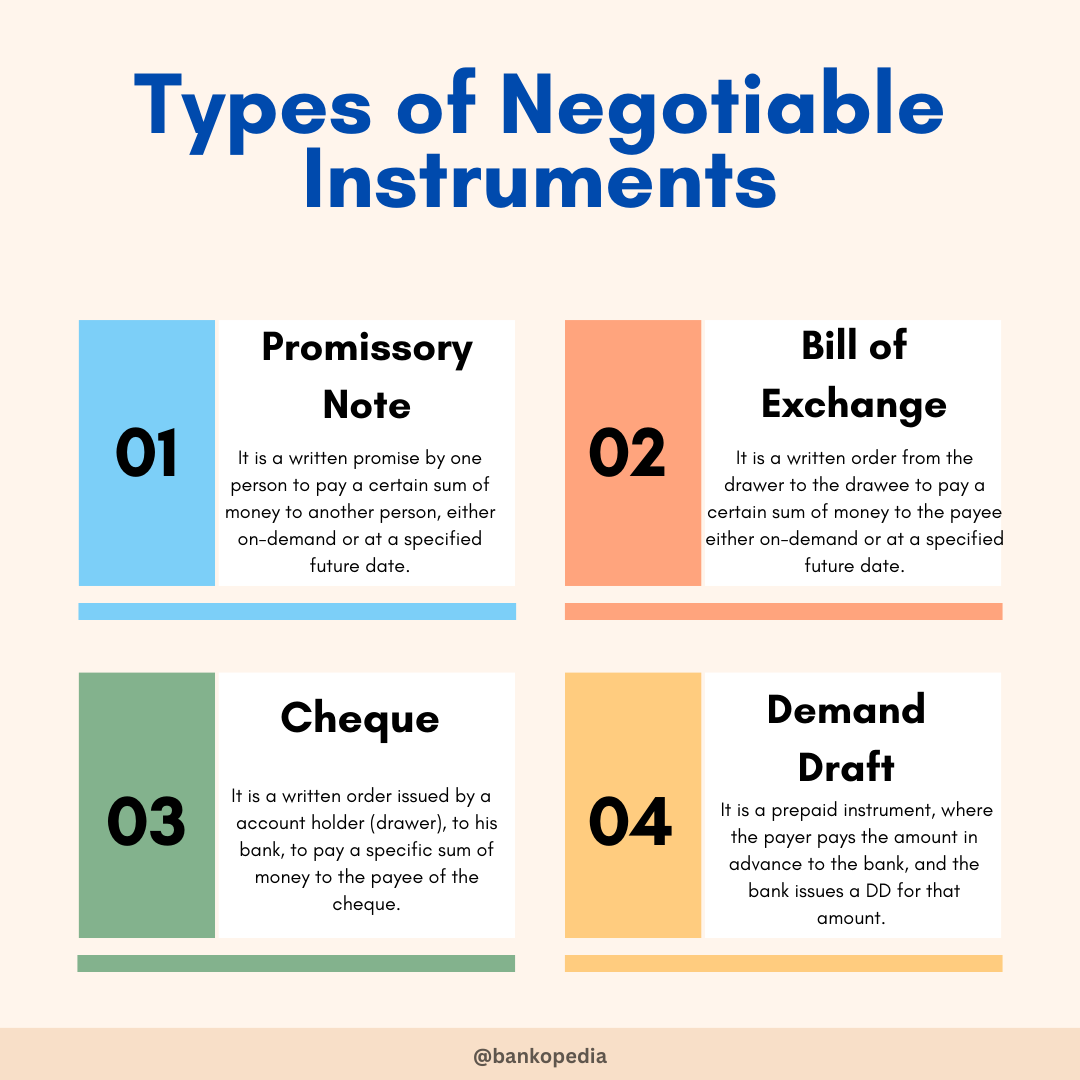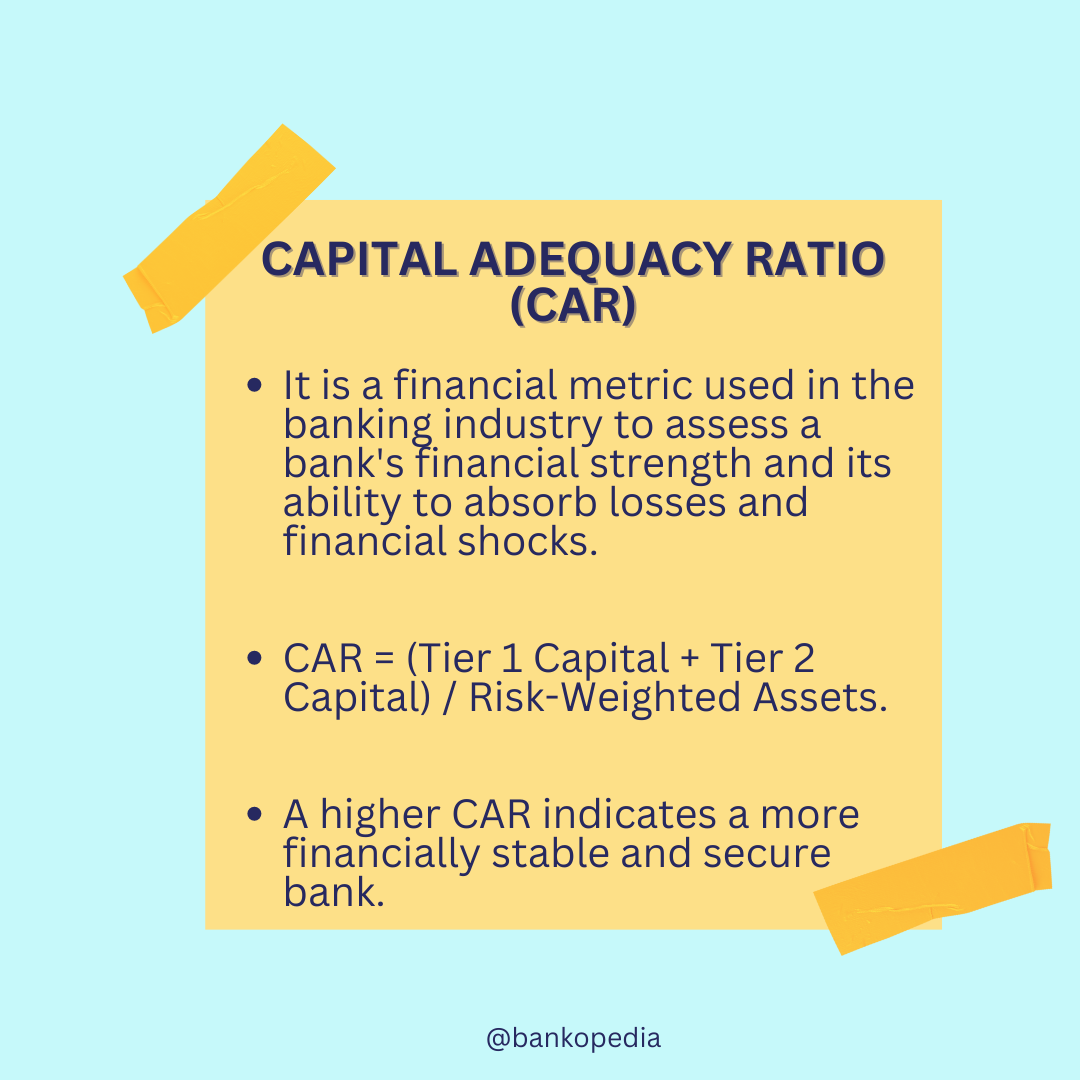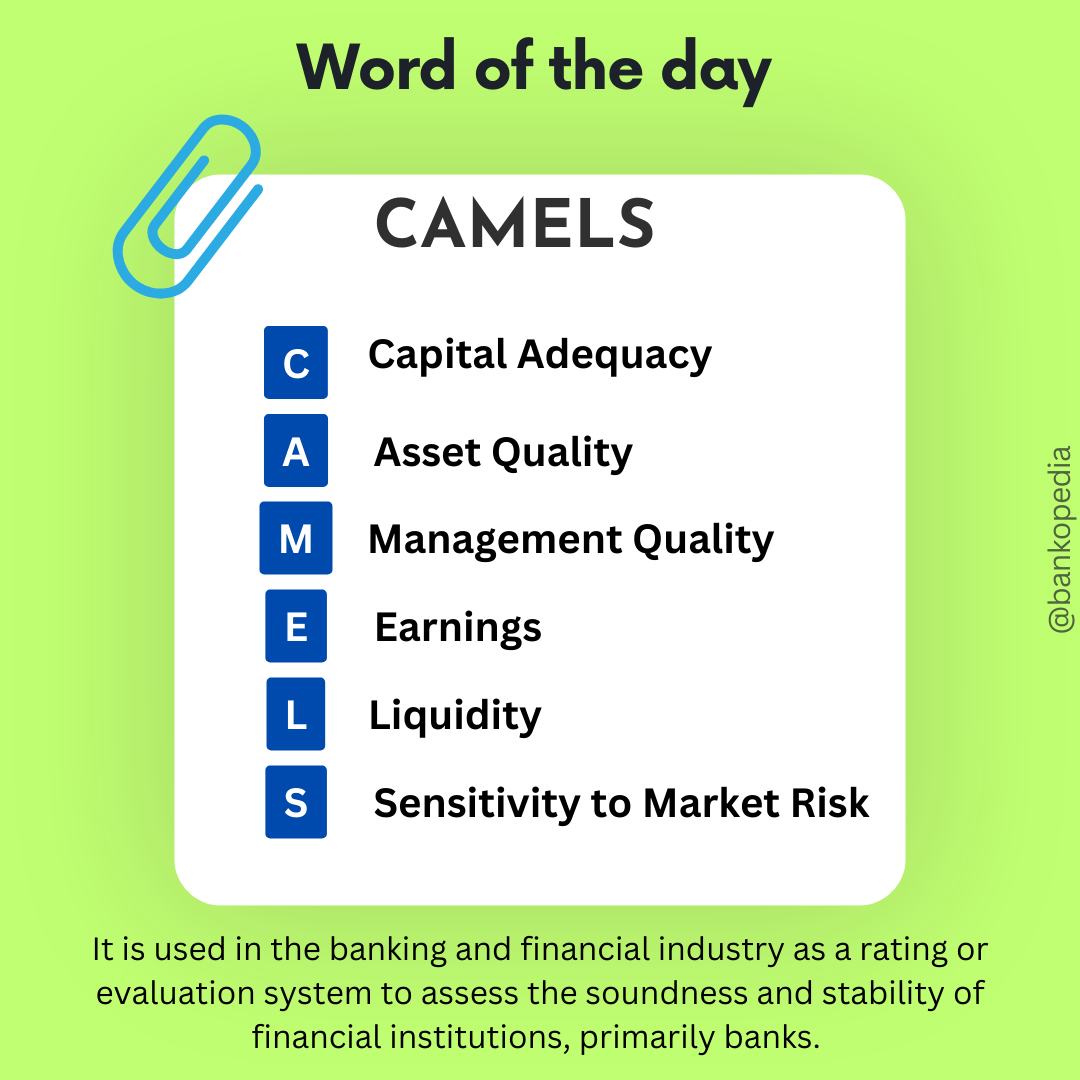PMEGP – Prime Minister Employment Generation Program is a Central Sector Scheme which is a credit linked subsidy program. PMEGP is being administered by the Ministry of Micro, Small and Medium Enterprises (Mo MSME). The scheme is being implemented by Khadi and Village Industries Commission (KVIC) as the nodal agency at the National Level. The loans provide under the Scheme can be classified under priority sector lending. At the State Level, the scheme is implemented through State offices of KVIC, State Khadi and Village Industries Boards (KVIBs), District Industries Centres (DICs), Coir Board (for coir related activities) and Banks.
The Government subsidy under the scheme is routed by KVIC through the nodal Bank to the Financing Bank branches & subsequently transferred to the beneficiary account after completion of lock-in period based on the outcome of the physical verification report.
Table of Contents
What are the objectives of the PMEGP Loan Scheme?
- To generate employment opportunities in rural as well as urban areas of the country through setting up of new self-employment ventures/projects/micro-enterprises.
- To bring together widely dispersed traditional artisans/rural and urban unemployed youth and give them self-employment opportunities to the extent possible, at their place.
- To provide continuous and sustainable employment opportunities to a large segment of traditional and prospective artisans and rural and urban unemployed youth in the country, to help arrest migration of rural youth to urban areas.
- To increase the wage-earning capacity of workers and artisans and contribute to increase in the growth rate of rural and urban employment.
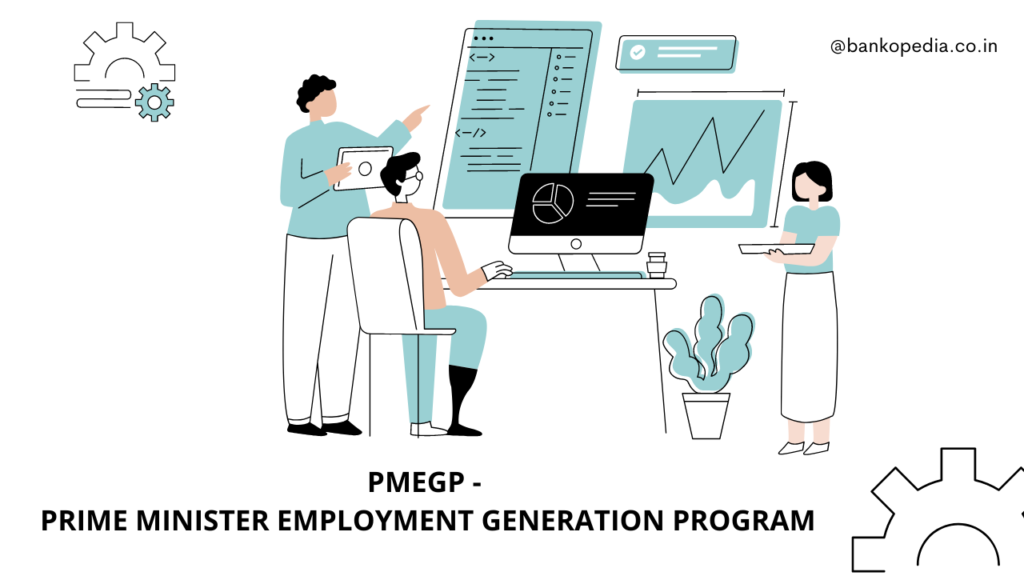
Quantum and Nature of Financial Assistance under PMEGP
Funds under PMEGP Scheme will be available under two heads
Margin Money Subsidy
- Funds will be allotted under annual Budget Estimates towards disbursement of Margin Money(subsidy) for setting up of new micro enterprises/units; and
- From the funds allocated under Budget Estimates for the Margin Money subsidy, Rs 100.00 Crore or as approved by the competent authority will be earmarked each FY towards disbursement of Margin Money (subsidy) for upgradation of existing PMEGP/REGP/MUDRA units.
Backward and Forward Linkage
5% of the total allocation under Budget Estimates for a financial year against PMEGP, or as approved by the competent authority, shall be earmarked for as funds as Backward and Forward Linkages for awareness camps, Workshops, Exhibitions, etc.
Amount of Subsidy under PMEGP
- For setting up of new micro enterprises (units)
| Categories of Beneficiaries under PMEGP (for setting up of new enterprises) | Beneficiary’s Contribution (Of Project Cost) | Rate of Subsidy (of Project Cost) | |
| Area (location of project/unit) | Urban | Rural | |
| General Category | 10% | 15% | 25% |
| Special Category (including SC, ST, OBC, Minorities, Women, Ex-Servicemen, Transgenders, Differentlyabled, NER, Aspirational Districts, Hill and Border areas (as notified by the Government) etc | 05% | 25% | 35% |
Important FAQ on Maximum Project Cost
FAQ 1: What is the maximum cost of the project/unit admissible for Margin Money Subsidy under Manufacturing Sector?
Answer: The maximum cost of the project/unit admissible for Margin Money Subsidy under Manufacturing Sector is Rs 50.00 Lakh.
FAQ 2: What is the maximum cost of project/unit admissible for Margin Money Subsidy under Business/Service Sector?
Answer: The maximum cost of project/unit admissible for Margin Money Subsidy under Business/Service Sector is Rs 20.00 Lakh.
FAQ 3: Who will provide the balance amount, other than own contribution and subsidy in PMEGP?
Answer: Banks will provide the balance amount with subject to you bring your own contribution amount as specified above for the project cost.
FAQ 4: Whether the project will be eligible for PMEGP loan if the project cost is more than Rs 50.00 Lakh or Rs 20.00 Lakh for Manufacturing and Business/Service sector respectively?
Answer: Yes, the Banks may consider the project cost upto Rs 50.00 Lakh or Rs 20.00 Lakh for Manufacturing and Business/Service sector respectively under PMEGP scheme and will be eiligible for Margin Money Subsidy, the balance amount may be provided by the Banks without any Government Subsidy.
2nd Loan under PMEGP – Loan for Upgradation of existing PMEGP/REGP/MUDRA units
For the upgradation of the existing PMEGP/REGP/MUDRA units a borrower can avail the 2nd Loan under PMEGP scheme for which he/she would be eligible for the following subsidy
| Categories of Beneficiaries under PMEGP (For Upgradation of Existing units) | Beneficiary’s Contribution (of project cost) | Rate of Subsidy (of project cost) |
| All Categories | 10% | 15% (20% in NER and Hill States) |
Subject to the following conditions
- The maximum cost of the project/unit admissible for Margin Money Subsidy under Manufacturing sector for upgradation is Rs 1.00 Crore. Maximum subsidy would be Rs 15.00 Lakh (Rs 20.00 Lakh for NER and Hill States).
- The maximum cost of the project/unit admissible for Margin Money Subsidy under Service/Business sector for upgradation is Rs 25.00 Lakh. Maximum Subsidy would be Rs 3.75 Lakh (Rs 5 lakh for NER and Hill States).
- The balance amount (excluding the own contribution) of the total project cost will be provided by the Banks.
- If the total project cost exceeds Rs 1.00 Crore or Rs 25.00 Lakhs for Manufacturing and Service/Business sector respectively, the balance amount may be provided by Banks without any Government subsidy.
Eligibility of Beneficiaries
For PMEGP new Enterprises (Units)
- Any individual, above 18 years of age.
- There will be no income ceiling for assistance for setting up projects under PMEGP.
- For Setting up of Project costing above Rs 10.00 Lakh in the Manufacturing sector and above Rs 5.00 Lakh in the Business/Service Sector, the beneficiary should possess at least VIII (8th) Standard pass educational qualifications.
- Assistance under the scheme is available only for new projects sanctioned specifically under the PMEGP scheme.
- Existing Units (under PMRY, REGP or any other scheme of Government of India or State Government) and the units that have already availed Government Subsidy under any other scheme of Government of India or State Government are not eligible.
Other Eligibility Conditions (New Units)
- Projects without Capital Expenditure are not eligible for Financing under the PMEGP Scheme.
- Cost of the land should not be included in the Project Cost. Cost of the ready built shed as well as long lease or rental Work-Shed/Workshop can be included in the project cost subject to restricting such cost of ready built as well as long lease or rental workshed/workshop to be included in the project cost calculated for a maximum period od 3 years only.
- PMEGP is applicable to all new viable microenterprises, including Village Industries projects except activities prohibited by local Government/Authorities keeping in view environment or socio-economic factors and activities included in the negative list of the guidelines.
- Trading activities
- Business/Trading activities in the form of sales outlets may be permitted in NER, Left Wing Extremism (LWE) -affected districts and A & N islands.
- Retail outlets/Business – selling Khadi products, Village Industry products procured from Khadi and Village Industry Institutions certified by KVIC and products manufactured by PMEGP units and SFURTI clusters only may be permitted under PMEGP across the country.
- Retail outlets backed by Manufacturing (including processing) / Service facilities may be permitted across the country.
- The maximum cost of the project for Business / Trading activities may be Rs.20 lakh (at par with the maximum project cost for Service sector).
- Maximum 10% of the financial allocation in a year in a state may be used for Business / Trading activities.
- Transport activities -Transport activities viz purchase of Cab/ Van/ Boat/ Motorboat/ Shikara etc. for transportation of tourists or general public will be allowed. A ceiling of 10% on the extent of projects financed under transport activities is applicable in all areas except NER, Hilly region, LWE-affected districts and A & N Islands, Goa, Puducherry, Daman & Diu, Dadra Nagar Haveli, J&K, Lakshadweep, or other specific areas as may be declared so by the Government.
- All new units setup under PMEGP will be mandatorily registered under Udyam Portal before Physical Verification of the Unit and the adjustment of the Margin Money in the PMEGP beneficiary loan account.
Eligibility for the Upgradation of the Existing PMEGP/REGP/MUDRA Units
- Margin Money (subsidy) claimed under PMEGP has to be successfully adjusted on the completion of lock in period of 3 years.
- First Loan under the PMEGP/REGP/MUDRA has to be successfully repaid in stipulated time.
- The unit is profit making with good turnover and having potential for further growth in turnover and profit with modernization/upgrading the technology.
Entrepreneur Development Program (EDP)
The Entrepreneur Development Program training is mandatory before releasing of loan by the Banks. The objective of EDP is to provide orientation and awareness pertaining to various managerial and operational functions like finance, production, marketing, enterprise management, banking formalities, book-keeping, statutory compliances etc. to run their business effectively.
The prospective entrepreneurs and the beneficiaries whose loan has already been sanctioned by the Banks can undergo EDP training either in online or offline mode. The duration of the training would be for at least 5 days for projects with project cost up to Rs.5 lakh and for project with cost above Rs.5 lakh, the duration of EDP would be at least 10 days. No EDP training will be mandatory for projects up to Rs. 2 Lakh. The prospective entrepreneurs and beneficiaries can opt for the mode of training and choose the training center for offline mode of their choice.
Documents Required
For applying for a PMEGP loan, applicants must prepare and submit a comprehensive set of documents as part of their application process. This documentation includes:
- Application Form: A completely filled-out application form, accompanied by a recent passport-sized photograph of the applicant, is required.
- Project Report: Detailed project documents or a business plan outlining the nature of the business, its objectives, projected financial statements, and how it intends to utilize the loan amount.
- Proof of Identity and Address: Valid identification and address proof documents are necessary to verify the applicant’s identity and residence.
- Aadhaar Card: A must-have for all applicants to ensure a streamlined verification process.
- Educational Proof: A certificate of passing at least the 8th grade, if applicable, to demonstrate the minimum educational qualification.
- PAN Card: For financial and tax-related verification purposes.
- Category Certificate: If applicable, a certificate indicating the applicant belongs to a special category (SC/ST/OBC/Minority, etc.) for availing of any reserved benefits.
- Entrepreneurship Development Program (EDP) Training Certificate: Proof of having completed the necessary EDP training, which is a prerequisite for the loan.
- Caste Certificate: If claiming benefits under a specific caste category, a valid caste certificate is required.
- Educational and Technical Qualification Certificates: Any certificates that demonstrate academic achievements or technical skills, if any, should be included.
- Additional Documents: Depending on the requirements of the financial institution or lending organization, other documents may also be needed.
Applicants can begin their journey towards securing a PMEGP loan by registering and submitting their application form through the PMEGP e-portal. This digital platform simplifies the process, allowing applicants to upload and submit all the necessary documentation electronically.
How to apply for PMEGP Loan
The Khadi and Village Industries Commission, in collaboration with the respective state’s Director of Industries and the Khadi and Village Industries Board, will initiate local advertising campaigns through both digital and print media. These campaigns aim to solicit applications, along with project proposals, from individuals interested in starting a service unit or establishing a business under the PMEGP loan scheme. Follow these simple steps to apply for the PMEGP Loan online:
- Navigate to either of the following websites: https://kviconline.gov.in/ or https://my.msme.gov.in/MyMsme/Reg/Home.aspx.
- Once on the site, look for the ‘Prime Minister Employment Generation Programme’ or ‘PMEGP ePortal’ link and click on it.
- Next, select the ‘Application Form for Individual.’ This will display the application form on your screen. Note that there are two types of application forms available: one for institutional applicants and another for individual applicants.
- Carefully fill in the application form, providing all required details such as your name, type of enterprise, sponsoring agency, educational qualifications, bank account information, and more.
- After completing the form, click on ‘Save applicant information.’
- Proceed to upload any necessary documents and then submit your application.
- Upon submission, you will receive an application ID and password on your registered mobile number, which confirms the submission of your application and documents.
FAQ
- Can the cost of land be included in the project cost under PMEGP?
- No, the cost of land cannot be included in the project cost.
- What is the margin money (government subsidy) admissible under PMEGP?
- The rate of subsidy varies by location and category of the beneficiary, ranging from 15% to 35%.
- Who are eligible to apply for the PMEGP scheme?
- Eligible applicants include individual entrepreneurs, institutions, cooperative societies, self-help groups, and trusts. However, another source specifies that only individual entrepreneurs are eligible.
- What are the financial agencies involved in PMEGP?
- Financial agencies include 12 Public Sector Banks, Regional Rural Banks (RRB), Cooperative Banks, and Private Scheduled Commercial Banks approved by the respective State Task Force Committee.
- Is EDP training compulsory for PMEGP applicants?
- Yes, EDP training is mandatory for beneficiaries for projects costing more than Rs. 5 lakhs.
- Can an existing unit avail funds under PMEGP?
- No, only new units are eligible for funding under PMEGP, except for a second loan for existing (REGP/PMEGP/MUDRA) units.
- What activities are not allowed under the PMEGP scheme?
- Activities not permitted include those connected with meat processing, intoxicant items like beedi, pan, cigar, cigarette, etc., hotels or dhabas serving liquor, and certain agriculture-related activities among others.
For detailed information and further inquiries, you may visit the official PMEGP website or contact the respective authorities through the provided platforms.
